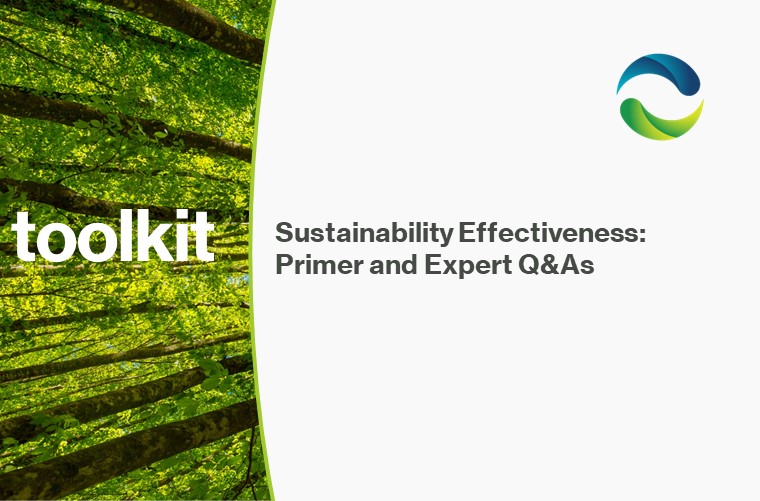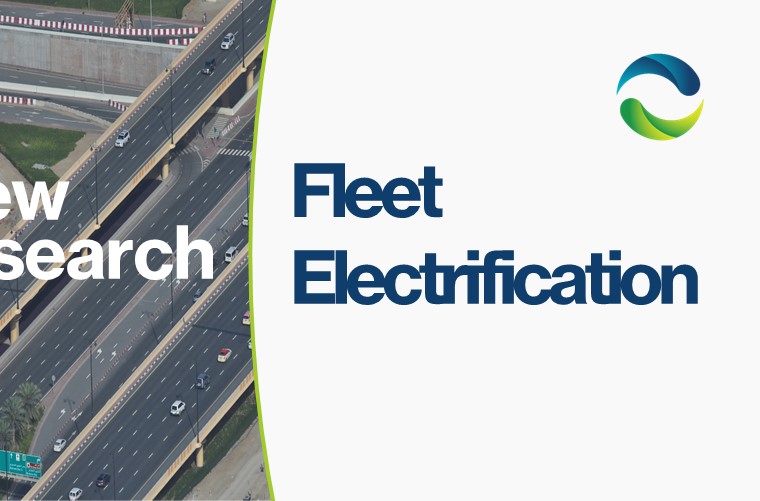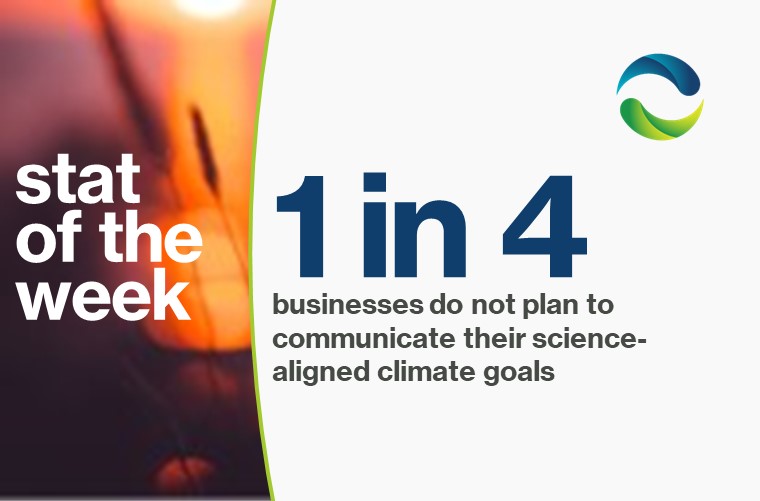In 2021, corporate sustainability goals abound. Nearly all of the world’s largest 200 companies now publicly set and report on goals for environmental sustainability. As the number of companies with goals has grown, so too have the types of goals, with targets and commitments on carbon emissions; circularity; land, water, energy use; chemical use; biodiversity…the list of target areas goes on, with each item undeniably contributing to true sustainability. The Climate Board investigated how organizations are developing and using goals to drive behavioral and operational change. Along the way, we uncovered several friction points in goal-setting that slow progress toward GHG reduction.
Internal goals are not demonstrably linked to carbon reductions. While many publicly-announced corporate goals align with a broad carbon reduction objective, the behaviors targeted with internal, operational goals often don’t move that lever. For example, a goal of shifting to “all-natural” fibers might actually be more carbon-intensive than alternatives. The misalignment is often the result of competing goals and a lack of internal clarity on how to prioritize. For example, migrating to “all-natural” fibers may reduce chemical use and generation of micro-bead pollution but negatively impact overall GHG emissions.
Carbon reduction is a long-term endeavor supported by short-term processes. Many organizations conduct budgeting processes for sustainability initiatives on an annual cycle, either within business units, in a centralized sustainability team, or both. Few establish longer-term budget commitments that enable substantial transitions to meet longer-term goals. This mismatch creates situations where there is a will but not a way to undertake the larger-scale, longer-term transition initiatives required to achieve net-zero or better.
Goals are too generic to keep pace with long-term objectives. We observe cases where goals are not structured to drive sustained, long-term changes in behavior and management decision-making. They may be too lofty for people to understand what is expected of them, become stale, or be applied universally in the organization without regard to the specific drivers of behavior and decisions that vary by activity, brand, or function. For example, an organization may be striving for a 5% one-year GHG reduction goal. Applying it equally to all apparel classes, regardless of fibers and materials used, may under-challenge high potential areas and over-challenge areas with less potential. For initiatives to impact behavior meaningfully, goals have to adapt over time and by brand, unit, or function.
Do these friction points sound familiar? The Climate Board provides best practices and practical insights to address challenges like these. Contact us for more information about joining, and subscribe to our mailing list to be alerted when we release new content.




